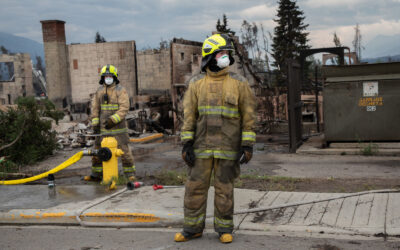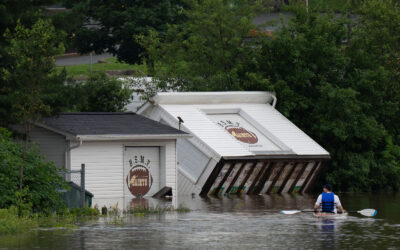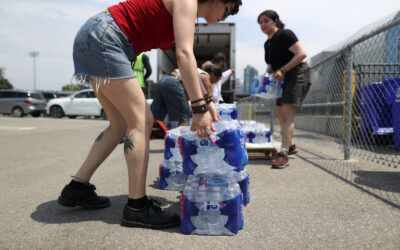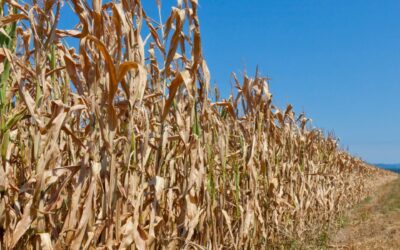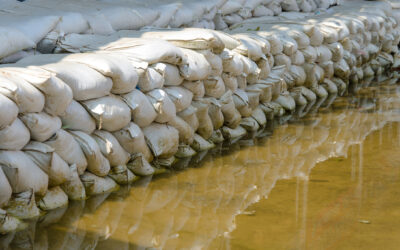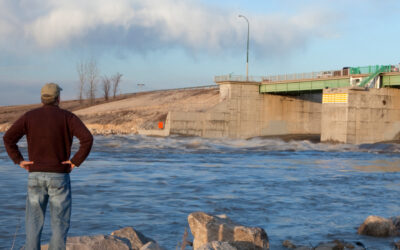Climate change is fuelling more frequent and more extreme fires, floods, and droughts. These unnatural disasters are threatening the places we love, making life more expensive, and burning through the budgets of governments, businesses, and households across Canada.
Globally, 2023 was the hottest year on record, and 2024 is on track to be even hotter. The concentration of heat-trapping gases in the atmosphere, predominantly from the burning of fossil fuels, continues to rise. Canada, which is warming faster than anywhere else on earth, is already suffering the consequences of this overheating climate.
The Canadian Climate Institute’s Climate Costs Tracker maps the costs from the kinds of extreme weather that are accelerating because of climate change. The Institute’s adaptation research informs governments on how they can stem these financial losses by proactively building Canada’s resilience to a changing climate.
There is much that governments can do to address this threat. Proactive adaptation measures and policies, combined with policies to reduce climate pollution in Canada in line with global agreements, can significantly limit how much worse these damages get.
Indeed, Institute research finds that each dollar invested in adaptation returns $13–$15 in direct and indirect benefits.
And if adaptation measures are combined with global emissions reductions, future costs could be reduced by three-quarters, putting Canada on a path to a more stable and affordable future.
Latest News
Note: The interactive map currently features reports dating back to 2023, and is updated regularly as costs are reported.
Fact sheets
Attributing extreme events to climate change
The events on the tracker are driven by a variety of factors. Some of these events may be the result of shortsighted development choices and normal variability in climate, but overall, extreme weather events are now several times more likely and more extreme due to the influence of climate change in a warming world.
Climate scientists have recently learned how to analyze weather events to determine the likelihood that climate change has made them more severe or more likely, a practice known as attribution science. Attribution studies have now been completed for hundreds of extreme weather events around the world, with over 70 per cent illustrating that climate change was a significant driver.
Because of the significant resources required, most extreme events don’t currently undergo attribution analysis, but capacity is growing in Canada and around the world. For more information on the rapidly evolving field of attribution science, see Canada’s Rapid Extreme Weather Event Attribution system and World Weather Attribution.
While we wait for the pace of attribution science to catch up to the pace of events, the broader trends are clear. Wildfires, floods, and droughts are increasing in Canada and will continue to increase. Without action to reduce emissions and adapt to a hotter and more volatile climate, governments, communities, and households will bear ever larger costs of the kind we show here.
Related publications
Image credits
Firefighters work in Jasper, Alta., on Friday, July 26, 2024. THE CANADIAN PRESS/Amber Bracken
Buildings are seen upended on a riverbank as a man paddles a kayak through floodwater following a major rain event in Halifax on Saturday, July 22, 2023. THE CANADIAN PRESS/Darren Calabrese
A Salvation Army EMS vehicle is setup as a cooling station as people lineup to get into a splash park while trying to beat the heat in Calgary, Alta., Wednesday, June 30, 2021. THE CANADIAN PRESS/Jeff McIntosh

